Learn to master basic programming tasks from scratch with real-life, scientifically relevant examples and solutions drawn from both science and engineering. Students and researchers at all levels are increasingly turning to the powerful Python programming language as an alternative to commercial packages and this fast-paced introduction moves from the basics to advanced concepts in one complete volume, enabling readers to gain proficiency quickly. Beginning with general programming concepts such as loops and functions within the core Python 3 language, and moving on to the NumPy, SciPy and Matplotlib libraries for numerical programming and data visualization, this textbook also discusses the use of Jupyter Notebooks to build rich-media, shareable documents for scientific analysis. The second edition features a new chapter on data analysis with the pandas library and comprehensive updates, and new exercises and examples. A final chapter introduces more advanced topics such as floating-point precision and algorithm stability, and extensive online resources support further study. This textbook represents a targeted package for students requiring a solid foundation in Python programming.
Original price was: $39.99.$19.99Current price is: $19.99.
Original price was: $39.99.$19.99Current price is: $19.99.
Original price was: $59.99.$19.99Current price is: $19.99.
Original price was: $59.99.$19.99Current price is: $19.99.
Original price was: $59.99.$19.99Current price is: $19.99.
Original price was: $59.99.$19.99Current price is: $19.99.
Original price was: $49.99.$28.99Current price is: $28.99.
Original price was: $49.99.$19.99Current price is: $19.99.
Total: $208.90

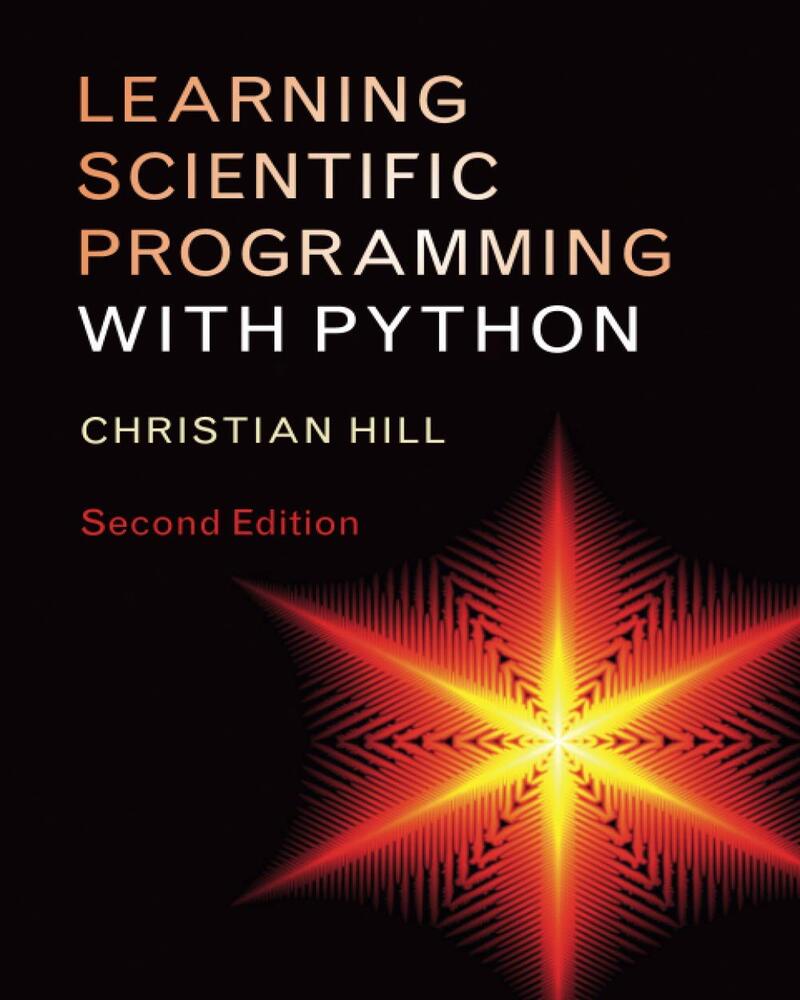
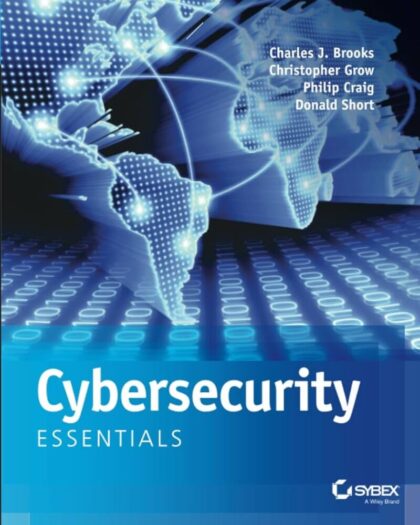
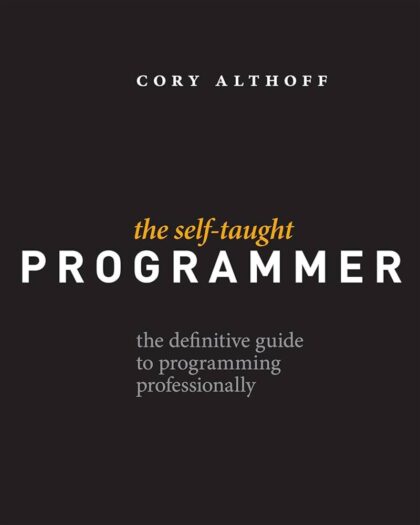
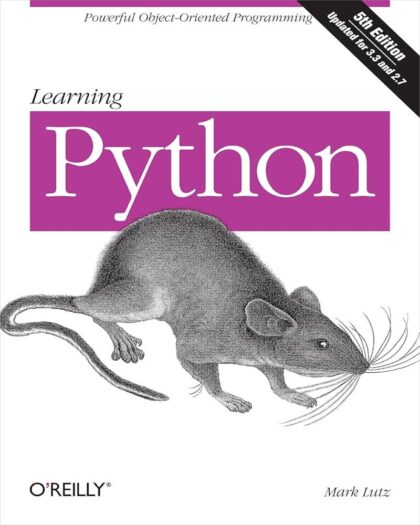
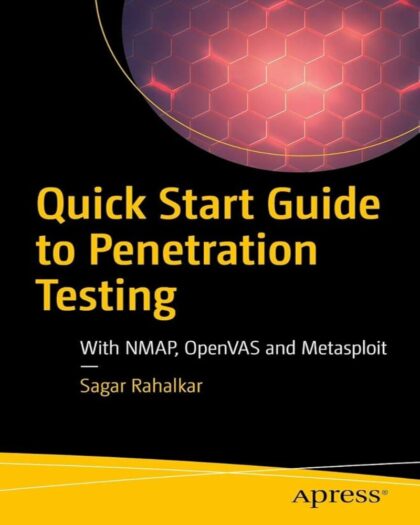
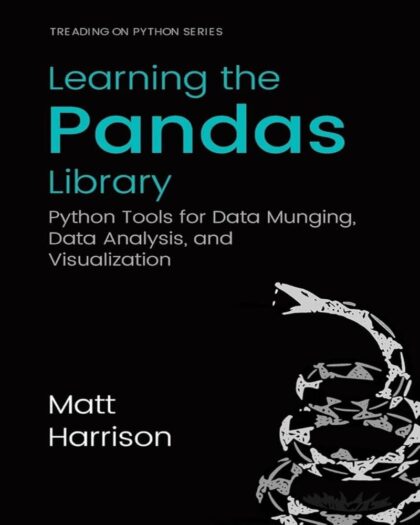
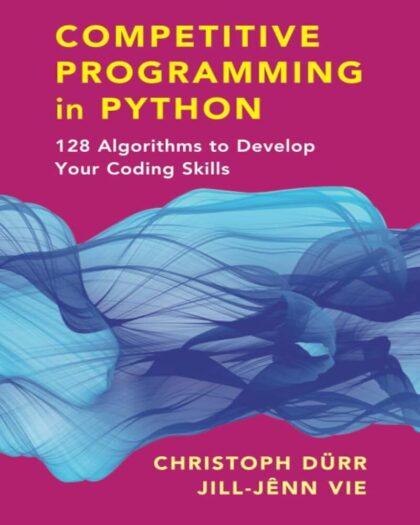

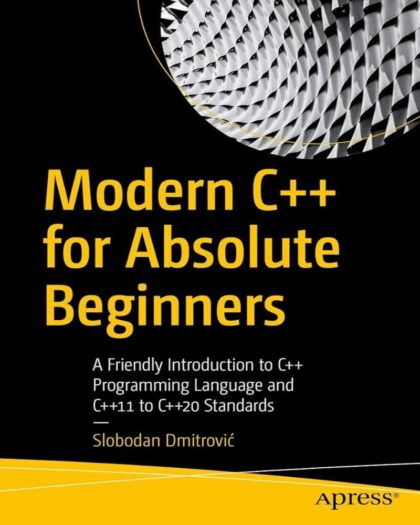
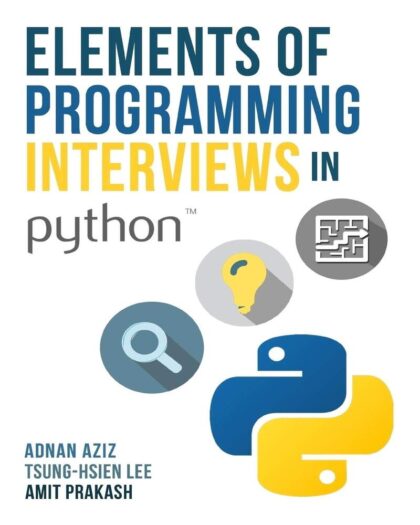
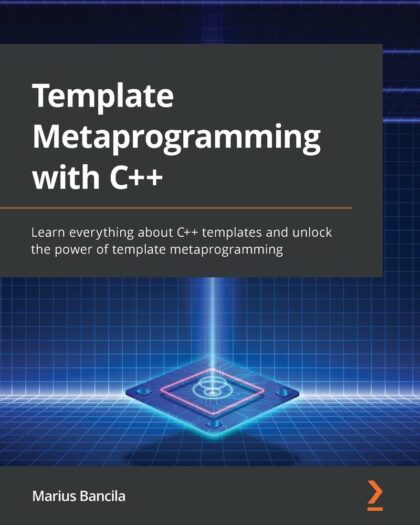
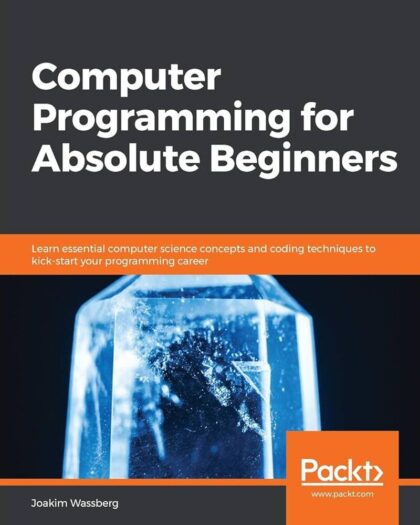
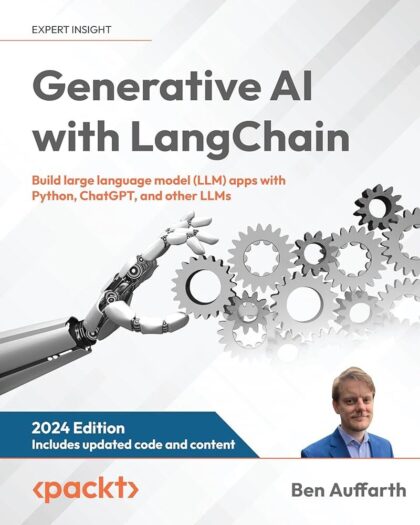
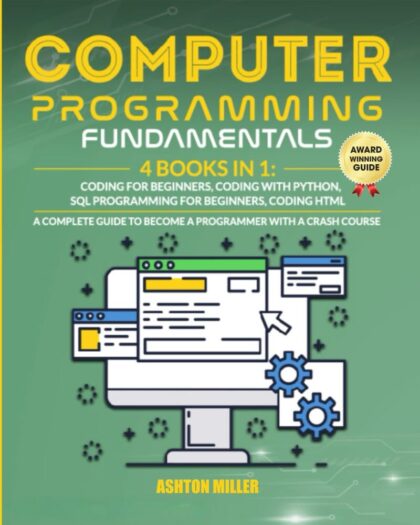
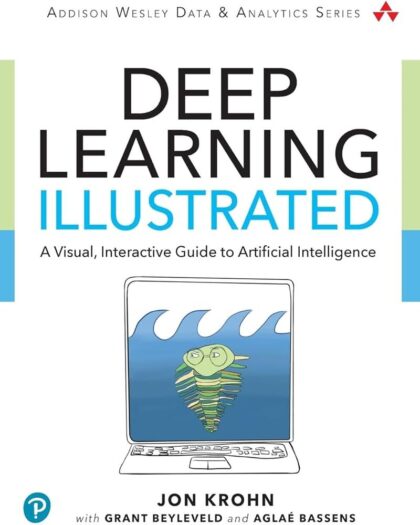
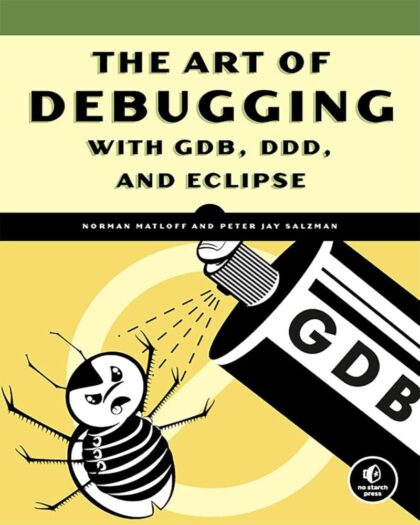
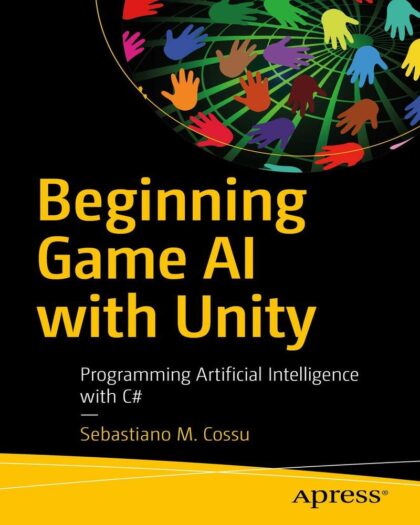
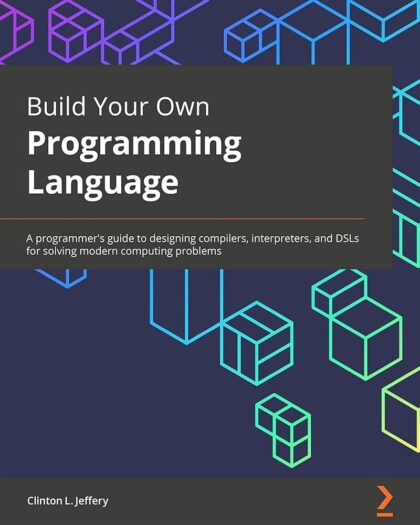
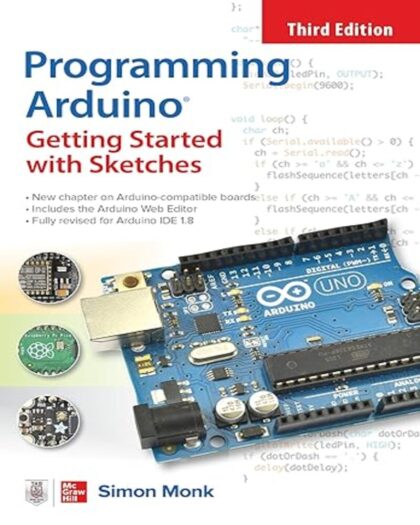
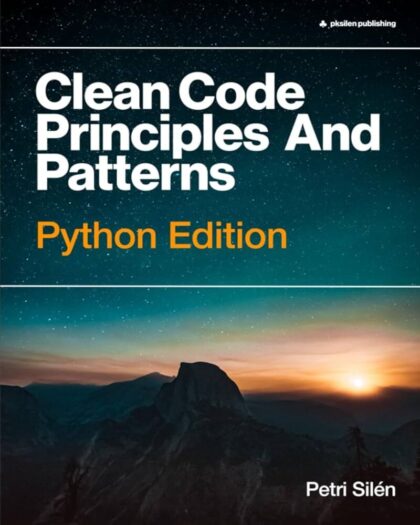
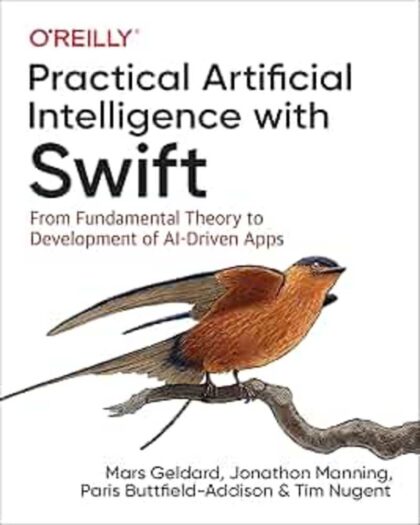
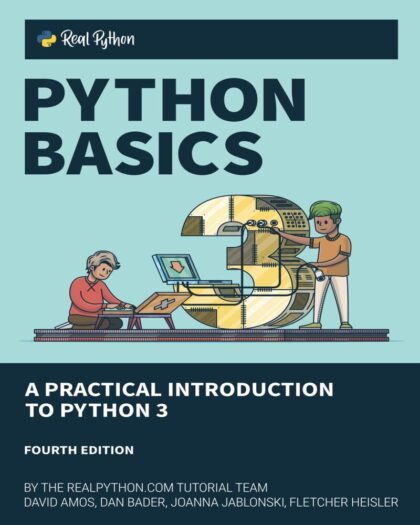
"Learning Scientific Programming with Python" by Christian Hill is a testament to the enduring beauty of clear, methodical instruction—a reminder that the best teaching honors the traditions of our craft. Hill’s work stands out by meticulously presenting Python’s essential elements, ensuring that every syntactical nuance is laid bare with a precision that leaves no room for doubt.
The examples within the book resonate like well-practiced verses, each one illuminating the path from concept to comprehension. They are not merely exercises; they are stepping stones that guide the reader gently yet firmly into the vast landscape of scientific programming. It is this clarity that makes the learning process both accessible and deeply satisfying.
While my heart has long been fond of the robust foundations laid in Summerfield’s "Programming in Python 3"—with its invaluable first chapter that distilled the very essence of programming—I found myself equally enchanted by Hill's distinctive approach. Much like the revered classics of the past, which have stood the test of time, this book honors tradition while embracing modern challenges with a fresh and invigorating perspective.
For those who have journeyed through the "Python from scratch course" and appreciate the elegance of a well-structured exposition, Christian Hill’s book is a delightful discovery. It is a work that invites you to not only learn but to marvel at the timeless principles of programming that continue to inspire both seasoned practitioners and curious newcomers alike.
In essence, "Learning Scientific Programming with Python" is more than a manual—it is a lyrical call to embrace the art of programming with a clear mind and a passionate heart.
The book is very well organised with a lot of exercises to reinforce the text and answers in the back. It is designed for learning and it fulfils that aim very well. It also shows the power of the language. I am a user of both MATLAB and SciLab and this book shows that Python can be a viable alternative. Bearing in mind that Python is free and supplied on a lot of platforms it makes it a worthwhile tool in the kit of students and practitioners in science and engineering and this book is an excellent guide to its application in these areas.
This book does assume that the reader is mathematically literate. It is a textbook in the application of Python, not in learning mathematics, but perhaps it is time for some of the texts that use MATLAB to teach mathematical principles to be adapted to Python.
All in all, I recommend this book, not just for people wishing to learn scientific Python out of curiosity, but also for those seeking to use it seriously in scientific programming and data analysis. It is an excellent guide to a powerful analytical tool.